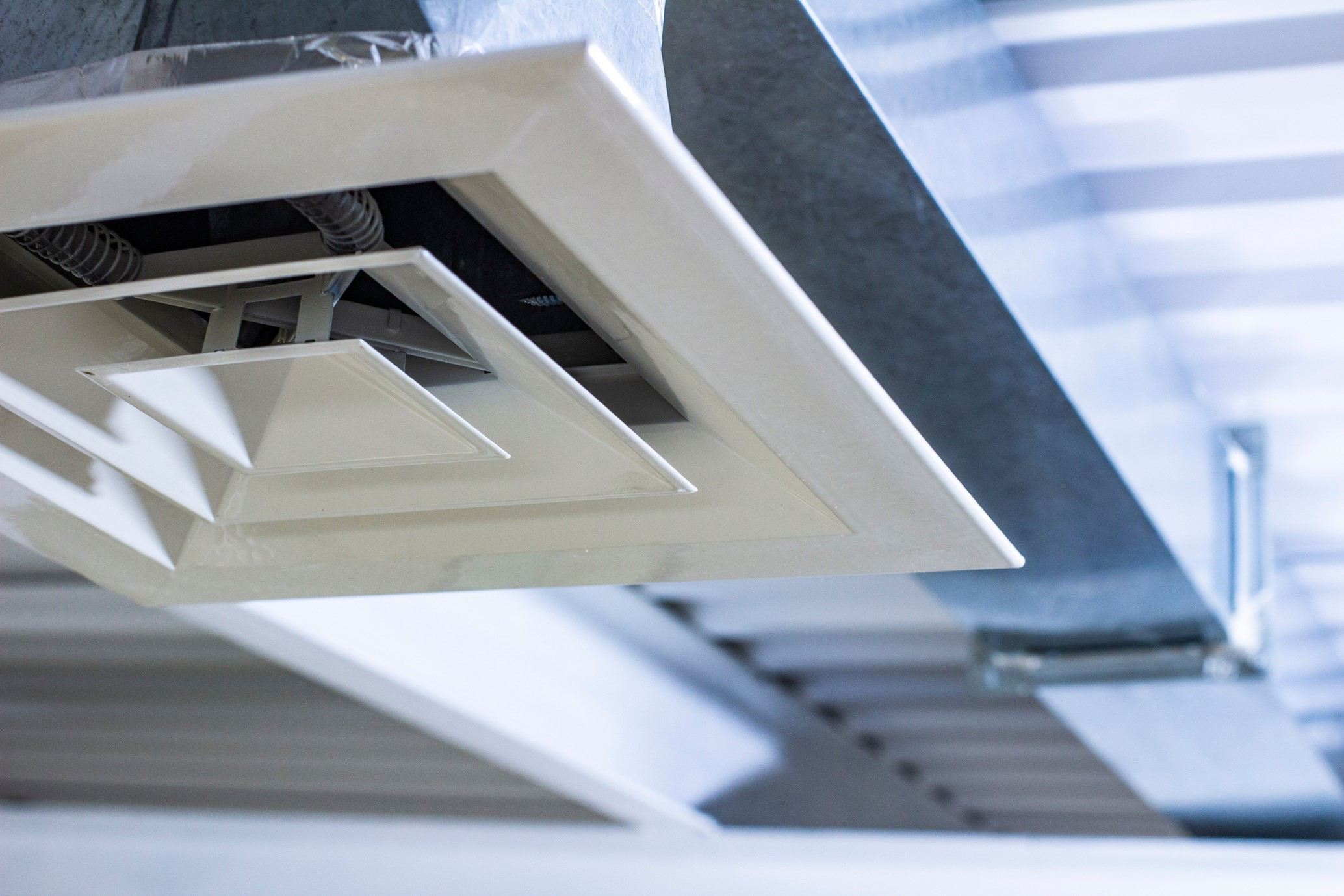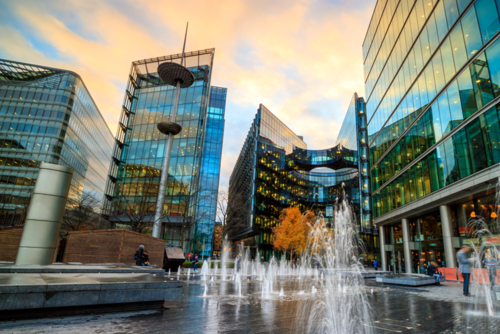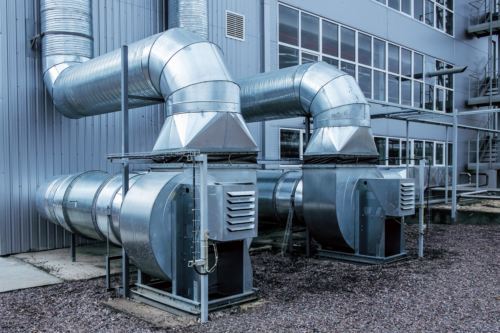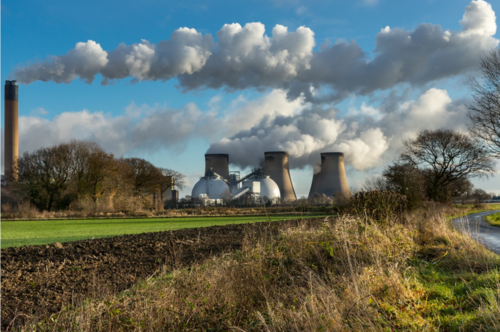Guidance on the recirculation of air in buildings

The Building Engineering Services Association (BESA) has released
further guidance on the recirculation of air in buildings, more specifically,
the decision of whether a fan coil / DX terminal unit should be put back into
operation.
There has been much deliberation regarding the recirculation
of localised air within occupied areas of buildings. The means of recirculation
is generally via fan coil units (FCUs) or active chilled beams designed to
condition the space within which they are installed (including DX FCUs
connected as a single split or part of a multi-split or VRF/VRV system).
Whether the unit should be switched off largely depends on the
location, use, and occupation density of the area it serves. Ultimately, the logic behind stopping recirculation and maximising fresh air is about reducing risk.
Key factors to consider:
§ Recirculation
of air between spaces within buildings should be avoided where possible if
occupied by different people.
§ If
the terminal unit serves an area occupied by one person with access of other persons
limited or prohibited, and the air recirculation is entirely local to that zone,
then there is no harm in allowing the unit to operate as normal.
Any potentially contaminated droplets of moisture present within exhaled air
will only be recirculating to the person who exhaled it in the first place. The
unit should be disabled when that person leaves the zone in case others enter
during their absence. Additionally, it is advised that surfaces are cleaned
down before the unit is enabled again.
§ If the terminal unit serves a multiple occupied area and the unit is also the means for distributing fresh air, then it is advisable to keep the unit operational due to the benefit of maximising the air exchange rate with outside air within the space.
Additionally, the fan speed should be turned down to a low speed setting to minimise air throw. In situations where the terminal unit does not provide fresh air into the space and is essentially recirculating air within the area served, the potential for air flow distributing a contaminated air droplet towards other people is higher – therefore in this instance, it is recommended to disable the unit.
Building managers may need to assess the location of the occupants in relation to the air flow pattern emanating from the units, and re-arrange furniture as required.
§ In
situations where terminal units cannot be disabled, care should be taken as to where
people are positioned in that area in relation to the airflow emanating from the
unit. Additionally, the fan speed should be turned down to a low speed setting to
minimise air throw.
§ On
the terminal unit heat exchanger surface, it is possible to inactivate COVID-19
virus particulate by heating the coil to a temperature of 60°C for a period of
one hour, or 40°C throughout the day. It is recommended that the system is set
to enable full heating mode every evening, or at a time when the building or
affected space is unoccupied, to allow the coil temperature to rise to 60°C for
at least an hour with the fan enabled at full speed to ensure as much air as
possible passes over the hot coil.
§ Increasing
filter grade material within terminal units may put an undue strain on the fan
motor causing burn out, or in the case of DX FCUs cause liquid refrigerant to
slug back to the outdoor unit, damaging the compressor. For this reason, it should
only be done where the air flow can be maintained at a suitable level.
Latest Articles
How the Internet of Things (IoT) is revolutionising building energy efficiency
Read More >Choosing the right green building certification
Read More >How AI technology is helping reduce energy consumption and carbon emissions in commercial real estate
Read More >What will be the response to spiralling energy prices and will it benefit or harm air quality
Read More >



